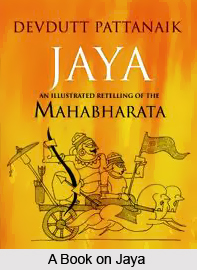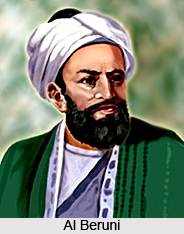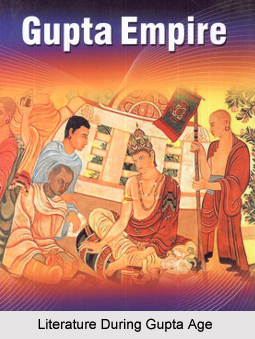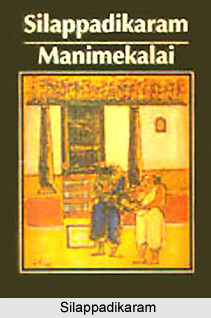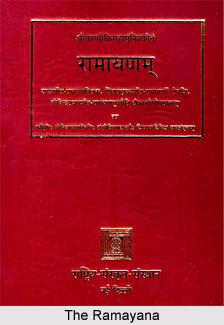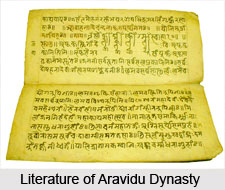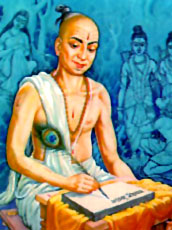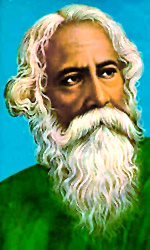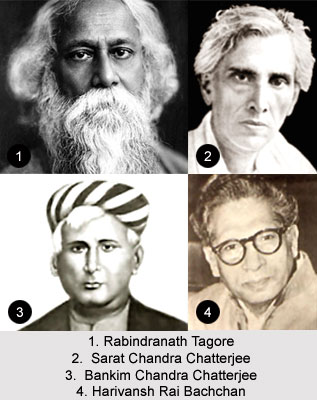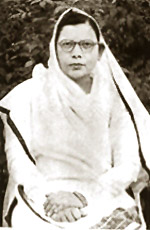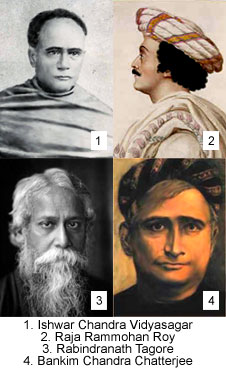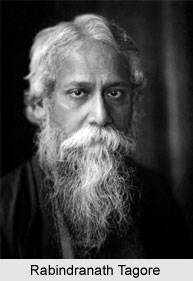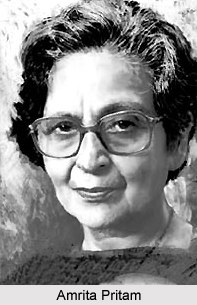 Modern Punjabi Literature has been influenced to a great extent, like other regional literatures, by the various Western influences that have made their way into Punjabi life and letters from the middle of the nineteenth century. For a long time to come, the Punjabi people could not counter the cultural effects of British colonization. The English rulers thought poorly of Asian cultures and literature, as was clearly evident in Macaulay`s 1831 Minute on Indian Education, and wanted them to adopt the European way of life. The first generation of Indians internalized this judgment and began to lose contact with Indian tradition and learning. In Punjab, while the elite accepted the impact of the British imperialist masters, common people retained a living relationship with their land. The next generation, however, made conscious efforts to assert their past heritage and transmit it to their descendants.
Modern Punjabi Literature has been influenced to a great extent, like other regional literatures, by the various Western influences that have made their way into Punjabi life and letters from the middle of the nineteenth century. For a long time to come, the Punjabi people could not counter the cultural effects of British colonization. The English rulers thought poorly of Asian cultures and literature, as was clearly evident in Macaulay`s 1831 Minute on Indian Education, and wanted them to adopt the European way of life. The first generation of Indians internalized this judgment and began to lose contact with Indian tradition and learning. In Punjab, while the elite accepted the impact of the British imperialist masters, common people retained a living relationship with their land. The next generation, however, made conscious efforts to assert their past heritage and transmit it to their descendants.
The Christian missionaries in Punjab had begun their proselytizing activities by converting Hindus, Muslims, and Sikhs to Christianity. This triggered resentment among these communities, which, in turn, launched their own movements of religious revival. In their earlier stages, these movements attempted to shield their respective communities against other beliefs and practices, but, with the passage of time, each of them became an instrument of religious and social reform. This was responsible for the rise of the Singh Sabha movement among the Sikhs, who were especially involved in Punjabi writings and support for the development of the Punjabi language.
As a reaction to the Christian missionaries, the Arya Samaj and the Singh Sabha launched movements in order to preach and propagate their own respective religions by reviving Vedic learning of ancient times and preaching Sikhism as originally propagated by Sikh gurus. These movements of revival and reform started later here than in other parts of the country. Hindi language and Urdu language were linked through the medium of madrassas, anjumans, journals, translations, and publication staffs. But in Punjab, Persian continued to reign supreme during the Sikh rule and retained its supremacy for a considerable period of time under the tutelage of the British. Later, they introduced Urdu as the medium of instruction at the school level and also at the lower levels of administration and judiciary. This explains the relatively late emergence of a renaissance in Punjabi writing.
The Singh Sabha movement`s primary aim was to establish a separate cultural identity for the Sikhs. The major writers of the Singh Sabha movement (such as Bhai Mohan Singh Vaid, S. S. Charan Singh Shaheed, Bhai Jodh Singh, Bhai Kahan Singh Nabha, Bhai Dit Singh, Charan Singh, Bhai Sewa Singh, Bhai Koer Singh, and Balbir Singh) not only propagated the message of the Sikh gurus and initiated a movement to reform the religious and ethical life of the Sikhs but also made efforts to develop Punjabi language and literature. Bhai Vir Singh was committed to the use of literature to forge a Punjabi cultural identity.
Punjabi literature, in the realm of both poetry as well as prose, went on to develop its own sense of identity with the passage of time. The appearance of Mohan Singh (1905-78) and Amrita Pritam (1919) on the Punjabi poetic scene marks a revolt against the three-decade-old poetic tradition. The writers who had derived their inspiration from the religious renaissance under the Singh Sabha movement used Punjabi as a poetic medium. Mohan Singh and Amrita Pritam struggled to devise unconventional verse patterns and to develop distinct, individual styles, though in their early writings they were influenced by the medieval Qissa tradition. Other poets include Pritam Singh Safeer , Bawa Balwant, Avtar Singh Azad , Piara Singh Sehrai , Santokh Singh Dhir , Mohan Singh Diwana .
The earliest form of novel writing is said to have been reflected in the works of Bhai Vir Singh, Mohan Singh Vaid, Charan Singh Shaheed, Joshua Fazal Din, and others. Their works are seen as the first tentative works written along the lines of fiction. Vir Singh used the novel form for moralizing purpose, and so did the other writers. Though the Punjabi novel developed under the direct influence of the Western novel, its early form was somewhat deficient in literary value. Yet, these fiction writers did receive Western influence through Hindi and Urdu translations. However the novel in all its form and structure emerged from the works of Nanak Singh. He is held as the first novelist in Punjabi literature and he used the medium of the novel to portray and deal with social issues. A number of other novelists followed in the footsteps of Singh and the realm of Punjabi novels gradually increased to include a number of themes both Romantic and contemporary. A number of shot story writers also emerged during the time such as Kartar Singh Duggal, Sant Singh Sekhon etc.
Thus modern Punjabi literature gradually developed to acquire an identity of its own as separate from the various westernizing influences that had shaped its nature in the earliest stages of its development.
